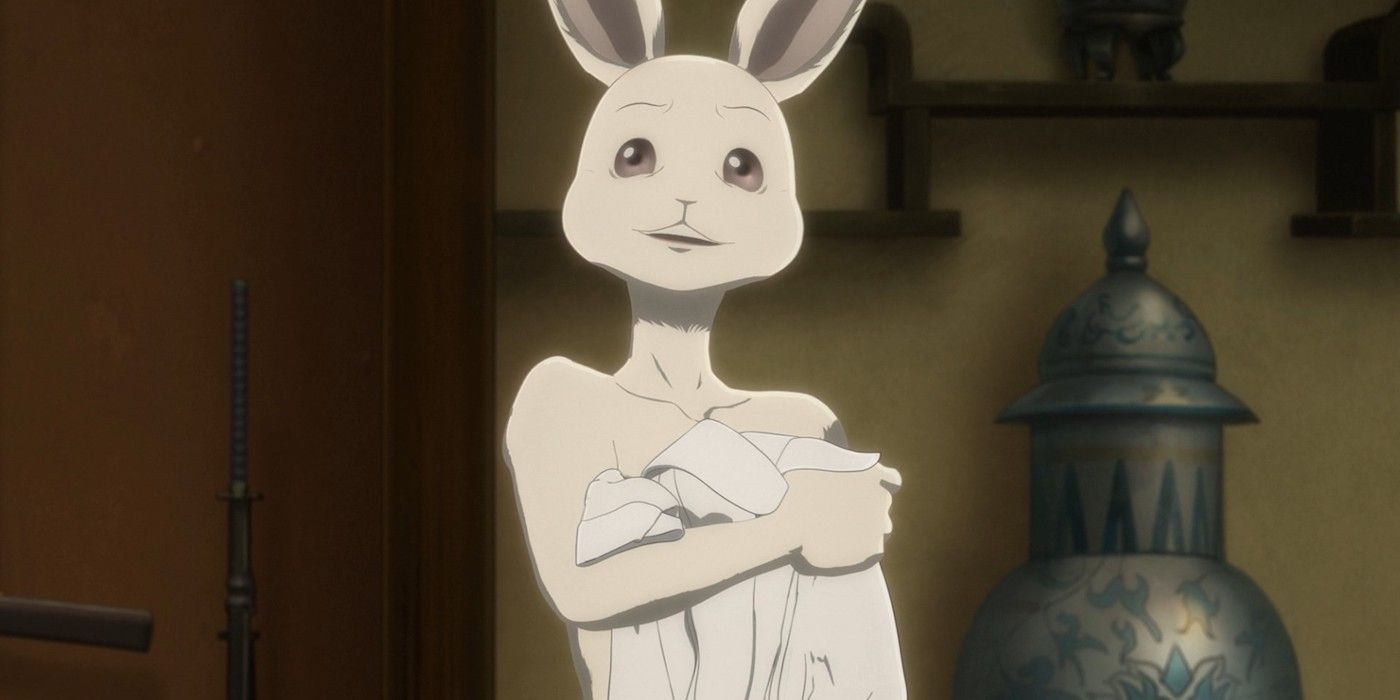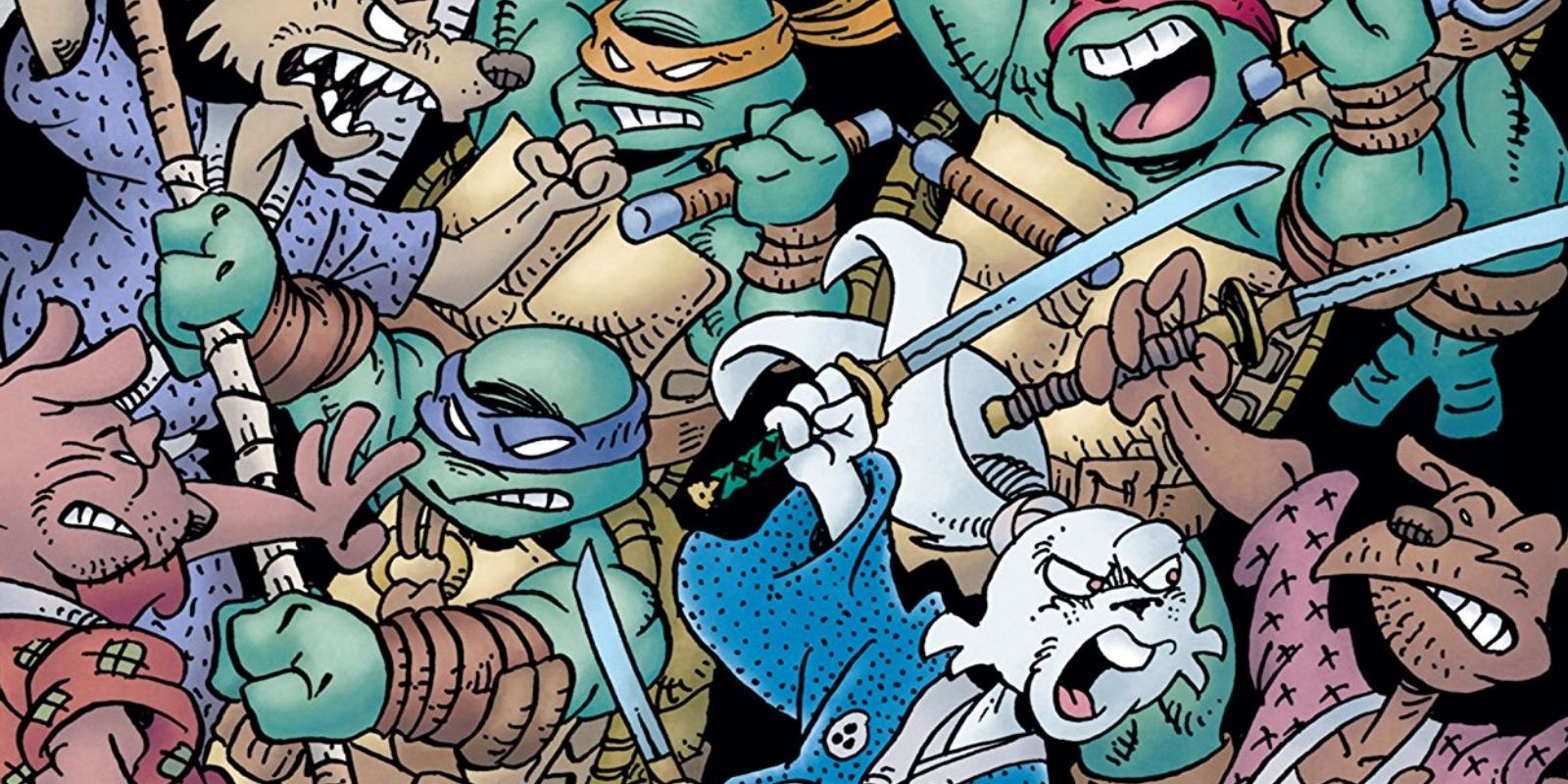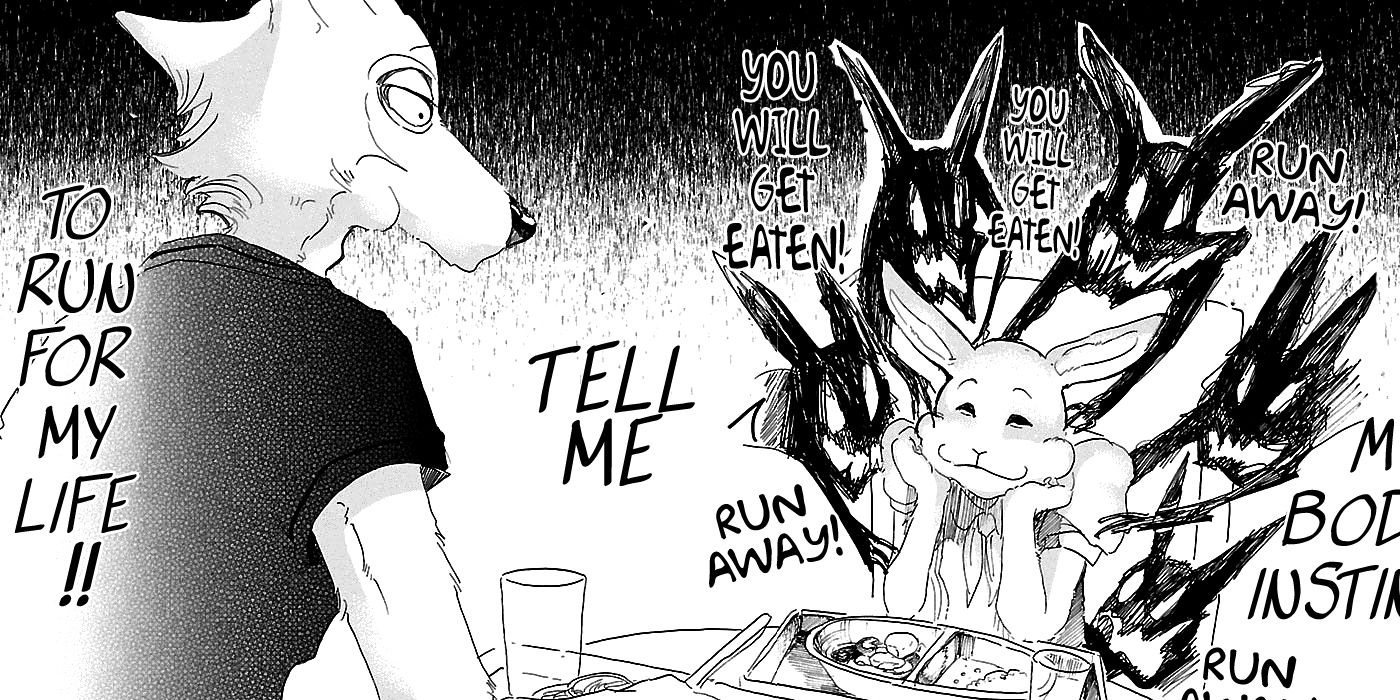Furries have a lot to be excited by this year. Following the arrival of the profoundly unsettling Cats, anime has picked up the slack for quality furry content. Beastars, BNA: Brand New Animal and now GLEIPNIR have provided furry animated content for fans who just want to see humanoid animals interact in sometimes erotic fashions. GLEIPNIR in particular is notable because it provides a cartoonish fur-suit not unlike the ones worn at furry conventions and turns the act of entering into it an erotic experience.
Anime and furry fandom aren't new bedmates. Netflix previously saw success with Aggretsuko. What impact will this new wave have on furry culture and its mainstream appeal? It's possible that a lot of anime fans might tumble down the rabbit hole after consuming these three series and come out the other end sizing themselves up for a fur-suit.
Furry Culture
The origins of furry fandom can be traced back to fan cultures surrounding cartoons that feature cute animal characters. It first emerged in its current form between the years of 1982 and 1984, though fans debate which years it emerged precisely. Among the oldest shows cited as a major source of inspiration to the proto-furry fandom are anime. Kimba the White Lion and The Amazing 3 are anime from the '60s that primarily featured talking animals embarking on adventures. While Kimba the White Lion is the more well-remembered of the two, The Amazing 3 is remarkable due to how the proto-furry fandom distributed the series. It was dubbed and syndicated thanks to local college students, radio DJs and theater crews, from 1967 to 1975.
Its air dates overlapped significantly with other major pieces of furry content. Comics like Fritz the Cat, Howard the Duck or Air Pirates Funnies and films like Disney's Robin Hood all inspire furry culture even further, leading to Reed Waller and Ken Fletcher's Vootie ("the fanzine of the Funny Animal Liberation Front," in their own words) and later Steve Gallacci's artwork showcase at the NorEasCon II World Science Fiction Convention in Boston in 1980. Gallaci's art featured lots of anthropomorphic animals in fantastic settings, which spurred open discussion on the proliferation of animals in genre fiction. Soon after, the furry fandom began to coalesce.
After its coalition, furry fandom actively sought out more content to appeal to them, with many going on to create said content themselves. While some of it was highly fetishized, other works proved to have mainstream appeal. Usagi Yojimbo, Teenage Mutant Ninja Turtles, Redwall and multiple Disney animated shows from DuckTales to Goof Troop to even Gargoyles appealed to mainstream audiences, while still providing content that both entertained established furries and drew new people into the fold.
Will Beaststars Make People Furries?
Most of the major books, films, comics, and animated series that were embraced by the furry fandom are intended for mainstream audiences, especially those aimed at kids or teens making the transition from adolescence. GLEIPNIR is a violent, vicious horror anime, while BNA won't be available in the States until later this year on Netflix. Because of this, neither has yet hit the mainstream enough to affect furry fandom as a whole. For now, these primarily appeal to furries who already know what they like.
The same can't be said for Beastars, which, since its international Netflix release, has become a mainstream hit. Beastars in many ways is akin to many of the rebellious 1970s underground comics that channeled anthropomorphism as a way to satirize cartoon media at the time. The Air Pirates Funnies in particular took animals that they identified as Disney-centric and put them in explicit sexual positions in order to parody and mock them. This led to a famous 1971 lawsuit where The Walt Disney Company sued creator Dan O'Neill over his content.
Beastars, similarly, is a series where herbivores and carnivores are divided through social divides, focusing on Legoshi, a shy but large wolf teen, and Haru, a sexually active rabbit. This reminded many Western viewers of Disney's Zootopia, which also featured a society divided between herbivores and carnivores, as well as a female rabbit and a male carnivore (a fox in Zootopia, a wolf in Beastars) teaming up despite societal tensions. Of course, the cast of Zootopia didn't get it on like the cast of Beastars does.
It's highly possible Beastars, with its mainstream appeal, might convert a lot of unsuspecting fans into furries who will then seek out more content like it, such as GLEIPNIR. Time will tell if this slippery slope is enough to counter how many people swore off furrydom after Cats.



